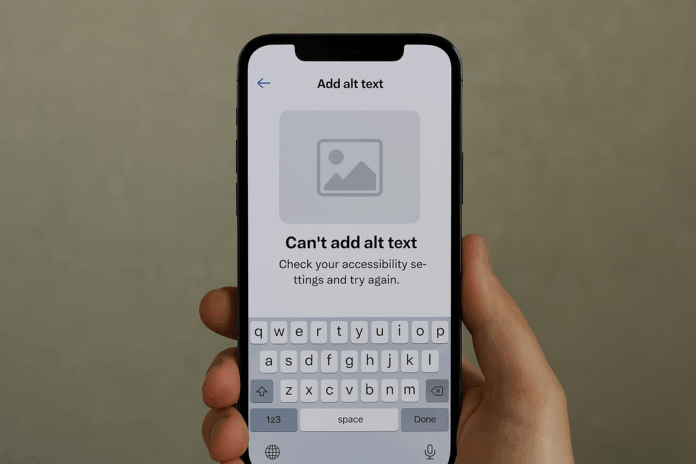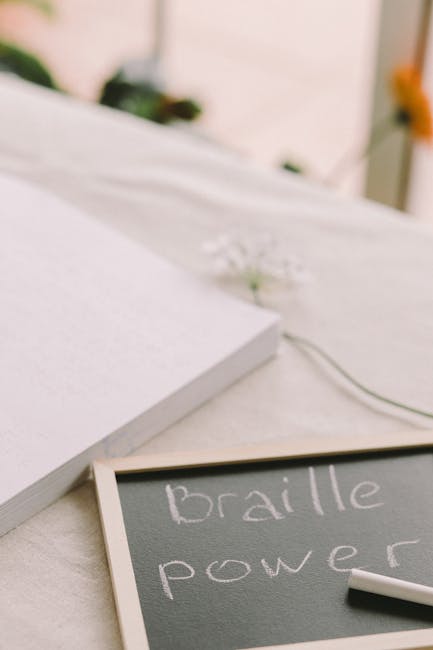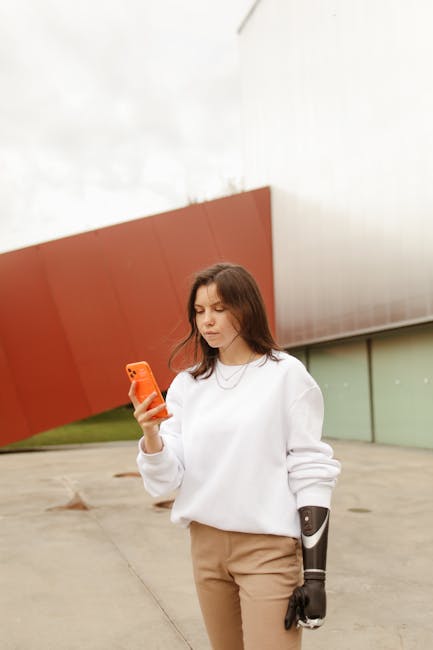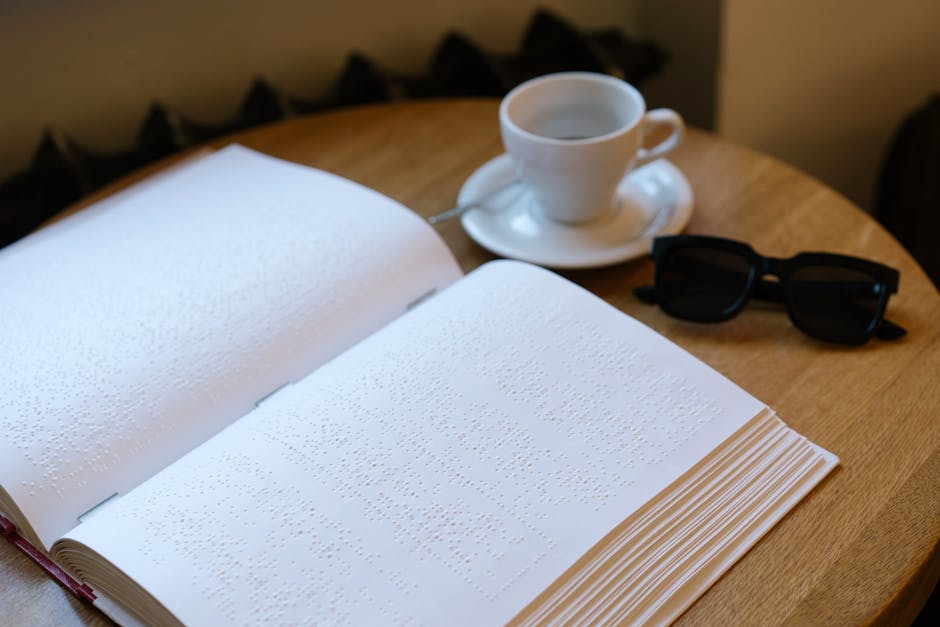Can’t Add ALT Text? Accessibility Settings and Shortcuts You Need to Know 🚀
Ever uploaded an image to your website only to realize you can’t add ALT text? 😱 You’re not alone! Missing ALT text isn’t just an SEO faux pas—it’s a barrier for visually impaired users who rely on screen readers. But don’t panic! Whether you’re using WordPress, social media, or design tools, I’ve got the fixes, shortcuts, and best practices to make your content accessible to everyone. Let’s dive in! 🏊♂️
Why ALT Text Matters (More Than You Think) 🌍
Imagine browsing the web with your eyes closed. That’s what screen reader users experience when ALT text is missing. ALT text (alternative text) describes images for:
- 👩🦯 Screen reader users
- 📵 Slow internet connections (where images don’t load)
- 🤖 Search engine crawlers (yes, Google can’t “see” images either!)
I once worked with a client whose bounce rate dropped by 20% after fixing ALT texts across their site. Accessibility isn’t just ethical—it’s smart business!
Where ALT Text Options Hide (And How to Find Them) 🔍
Different platforms tuck away ALT text settings in sneaky places. Here’s your treasure map:
WordPress
In the block editor, click an image → look for the ALT text field in the right sidebar. Classic editor users: click the image → hit “Edit” → find the ALT field.
Social Media
- Twitter: Click “Add description” when uploading
- Instagram: Enable “Advanced Settings” → “Write ALT text”
- Facebook: Edit photo → “Alt text” option
Design Tools
In Photoshop or Canva, export settings often include ALT text options. Pro tip: Name your files descriptively before uploading—some platforms auto-generate ALT text from filenames!
Keyboard Shortcuts to Save Time ⏱️
Working with many images? These shortcuts are lifesavers:
| Platform | Shortcut | Action |
|---|---|---|
| WordPress | Tab → Alt+Shift+A | Jump to ALT field |
| Windows Narrator | Ctrl+Alt+Enter | Read ALT text |
| Mac VoiceOver | Cmd+Option+I | Show image info |
When You Really Can’t Add ALT Text (Workarounds) 🛠️
Some platforms (looking at you, LinkedIn carousels!) still don’t support ALT text. Here’s how I handle it:
- Caption workaround: Include descriptions in captions (“Image shows:…”)
- Link to descriptions: Add “[Image descriptions in comments]”
- ARIA labels: For developers,
aria-labelcan supplement missing ALT
1. Upload image → 2. Is ALT field visible? → Yes: Fill it! → No: Use caption/ARIA
↳ Still stuck? Describe in surrounding text!
ALT Text Best Practices (Beyond “Image of…”) 🎨
Good ALT text is:
- ✅ Descriptive: “Golden retriever puppy playing with red ball”
- ❌ Not: “Dog” or “IMG_02394.jpg”
For complex images like infographics, I add a caption with “Full description:” and link to a text version. W3C’s guidelines recommend keeping ALT under 125 characters—like a thoughtful tweet!
Testing Your ALT Texts 🔬
How to check if your ALT texts work:
“I turn on VoiceOver and navigate my site like a first-time visitor. If I can’t understand the content without visuals, neither can others.” — Sarah, accessibility consultant
Free tools like WAVE scan for missing ALT attributes. Chrome’s Lighthouse audit also flags accessibility issues—I run it before every site launch!
The Bigger Picture: Why This Matters 🌈
Over 2.2 billion people have vision impairments. Every missing ALT text is like locking a door without providing a key. The web should be for everyone—not just sighted users.
What accessibility tips have saved you? Share in the comments! 👇 And if this guide helped you find that elusive ALT text field, pay it forward by sharing this post. Let’s make the internet more inclusive, one image at a time! ♿









